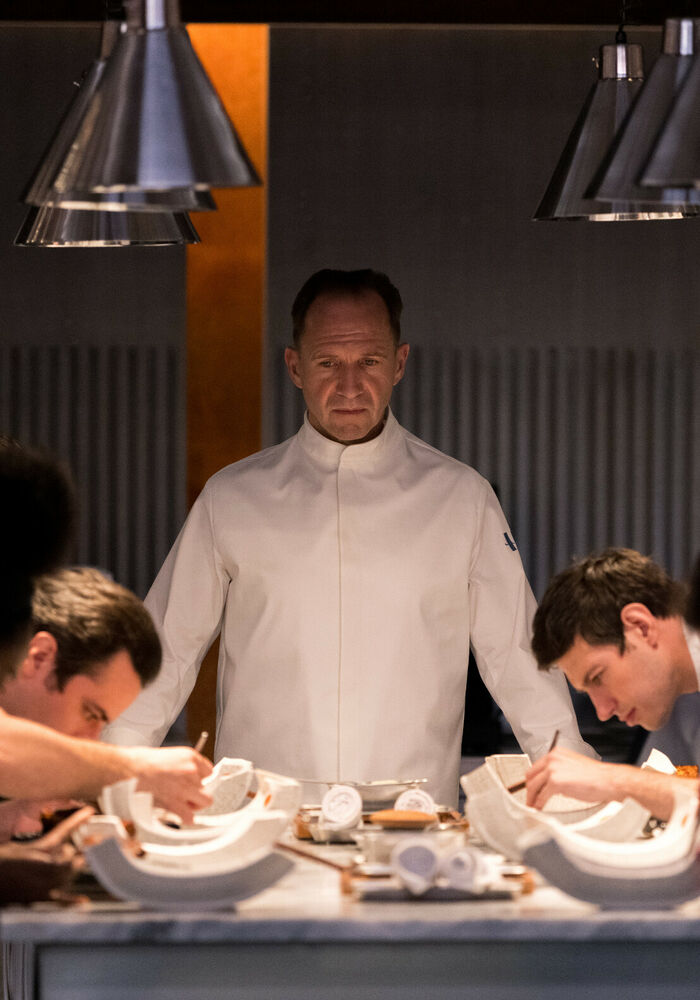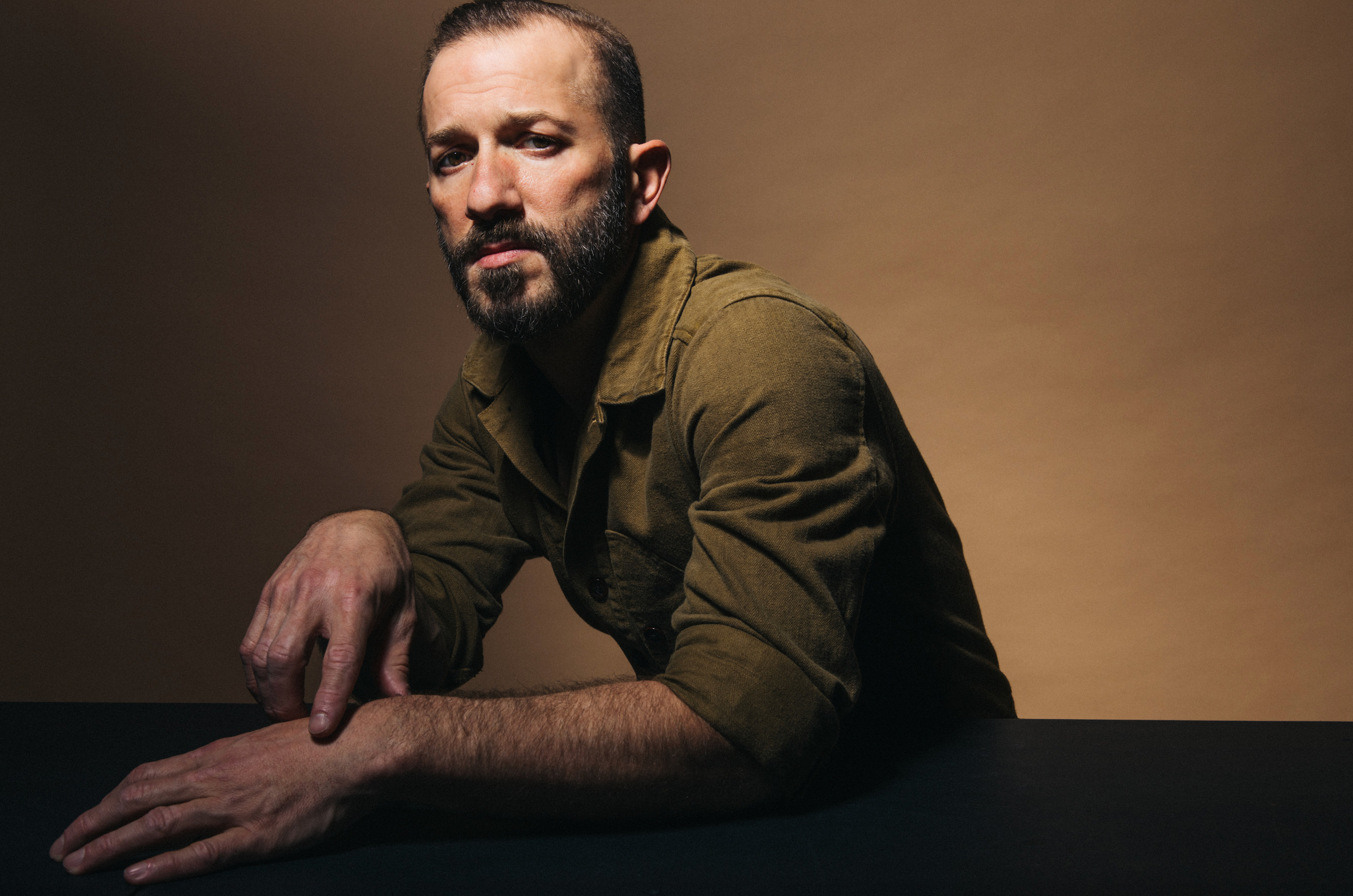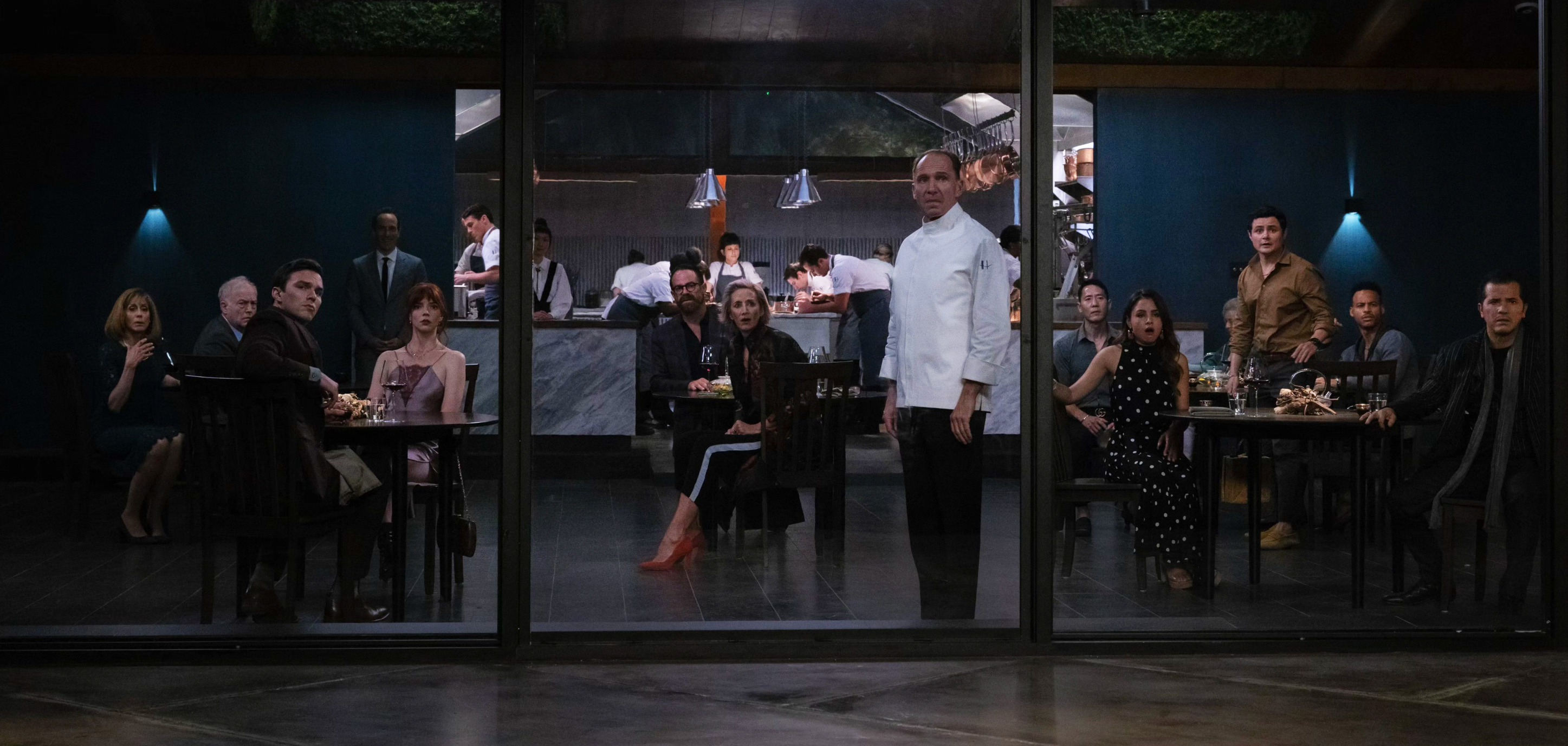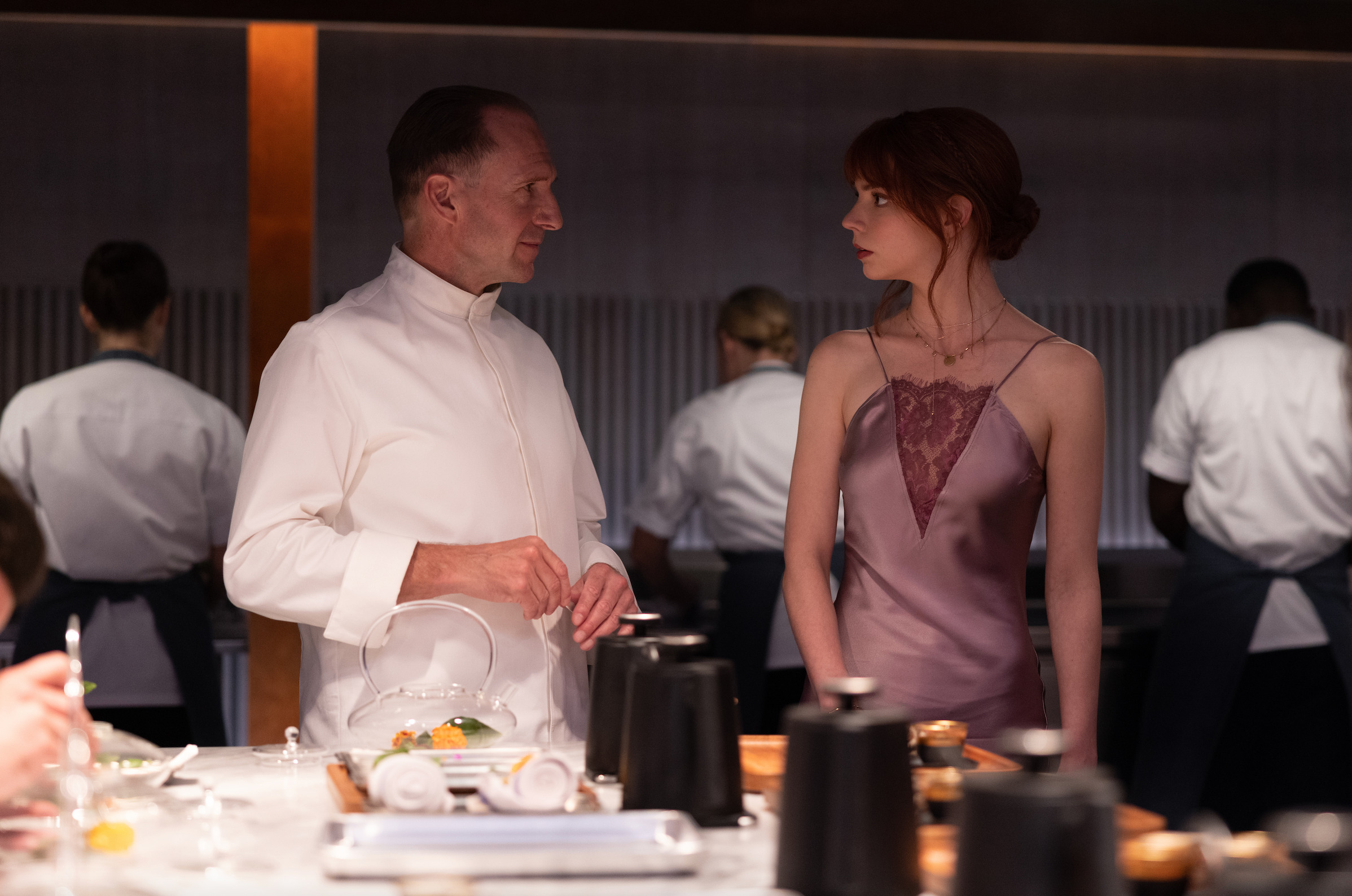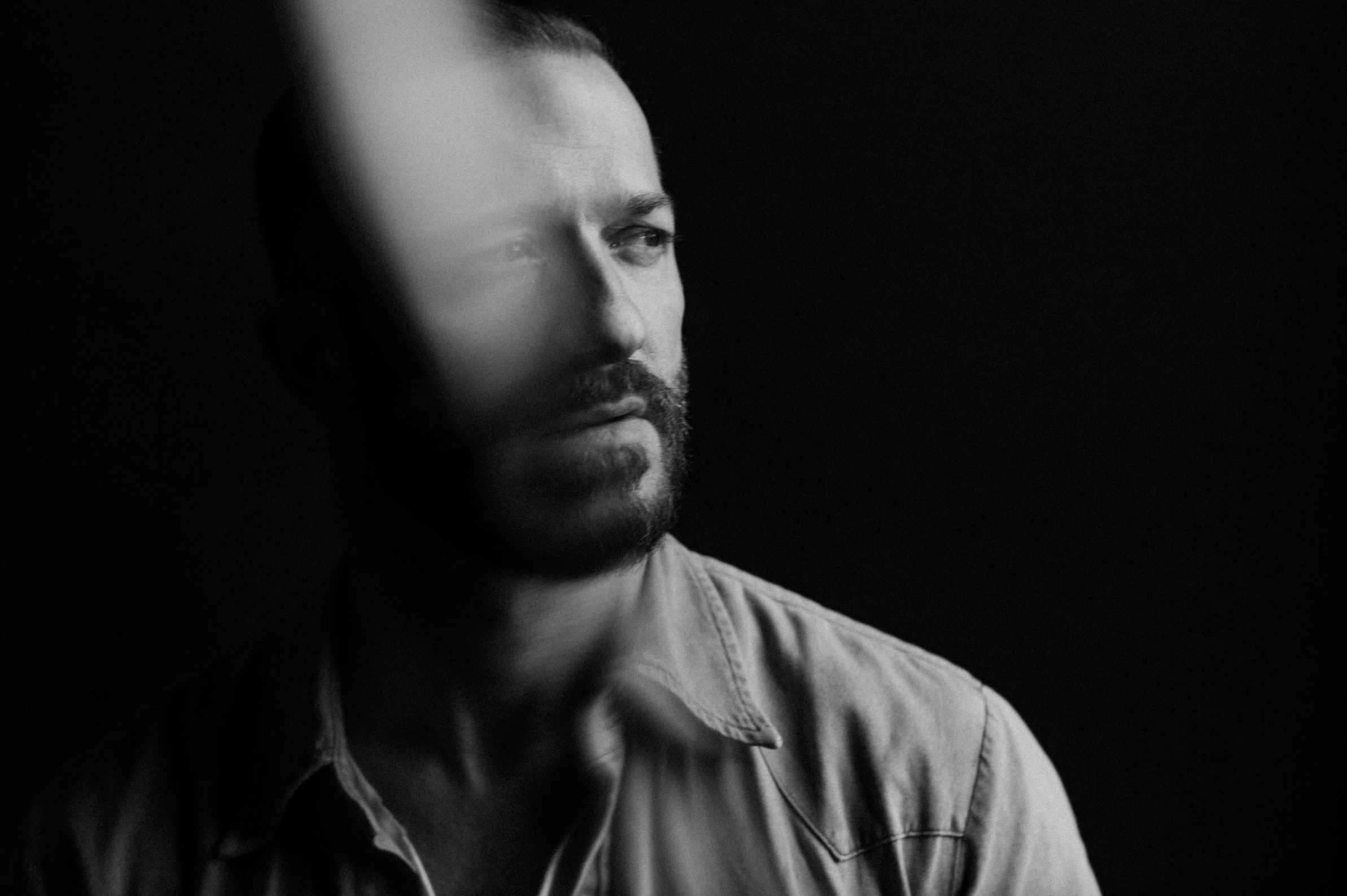With saxophone in hand, Colin Stetson is a one-man orchestra. By looping parts, plus the fact he seemingly doesn’t breathe while playing (thanks to a fairly ancient technique called circular breathing), his symphonic-level of sound has seen him collaborate with Bon Iver, Arcade Fire, and on his eight greatly-loved solo albums. He’s also become a prolific film composer in recent years, and this Michigan-born composer and multi-instrumentalist chats to Headliner about working on The Menu, (which has just landed on HBO Max and Disney+) – a brilliant foodie-themed black comedy which stars Anya Taylor-Joy, Nicholas Hoult and Ralph Fiennes.
Now mostly based in Montreal, Canada (where he lives with his partner, Arcade Fire’s violinist Sarah Neufeld), and now aged 47, Stetson’s journey to possibly being the most in-demand saxophonist-composer in the world began with music lessons at school, leading to more serious studies at the University of Michigan, and very quickly becoming an active performer and collaborator with Transmission Trio (which he co-founded while at university in the late nineties).
Only a few years later, Stetson found himself recording and playing live with legendary American musician Tom Waits. This gave him larger exposure, including performing with Waits on The Late Show with David Letterman, and it wasn’t long before he was also hired by Laurie Anderson, Arcade Fire and Bon Iver.
